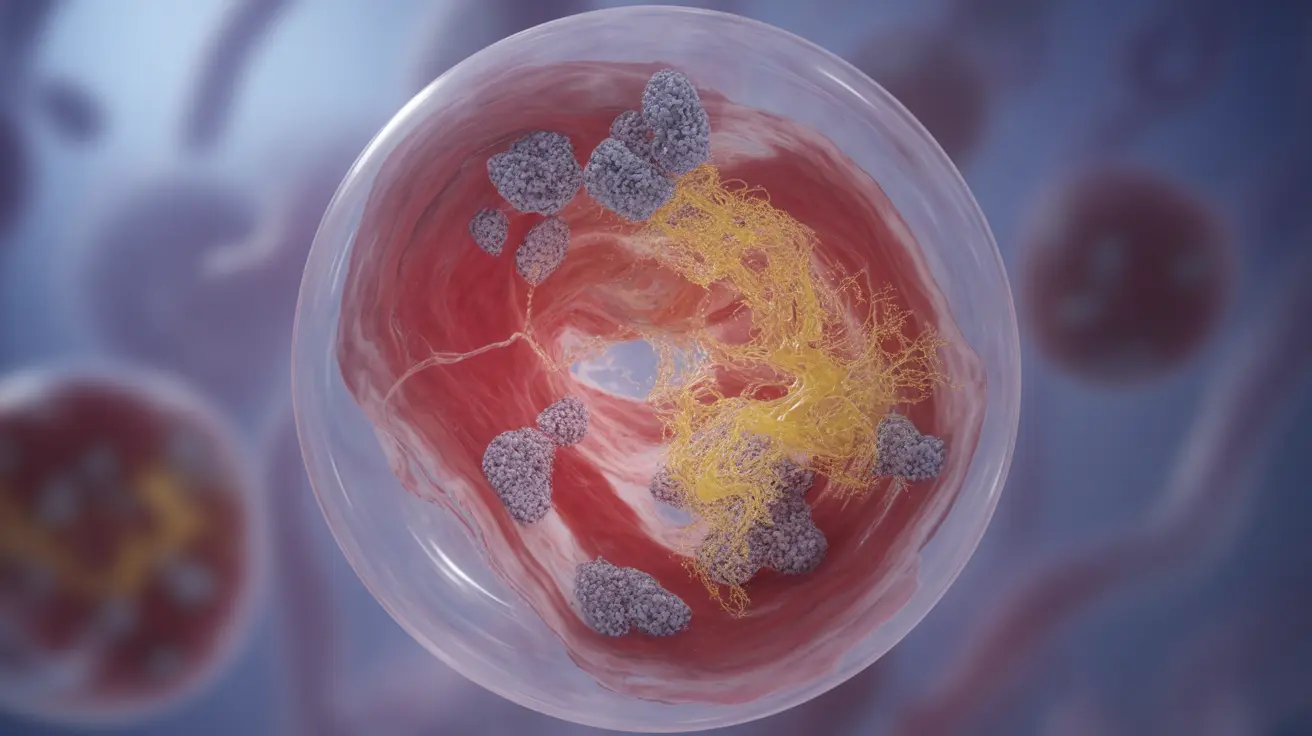Myelodysplastic syndrome (MDS) is a complex group of blood disorders that affect the body's ability to produce healthy blood cells. As a type of blood cancer, MDS occurs when the bone marrow - the factory where blood cells are made - becomes damaged and starts producing abnormal cells. Understanding this condition is crucial for early detection and effective management.
This comprehensive guide will explore the key aspects of MDS, from its initial symptoms to treatment options, helping patients and caregivers better understand this challenging condition.
What is Myelodysplastic Syndrome?
Myelodysplastic syndrome occurs when the bone marrow fails to produce enough healthy blood cells. Instead, it creates abnormal, immature blood cells that don't function properly. This condition can affect red blood cells, white blood cells, and platelets, leading to various health complications.
Common Symptoms and Disease Progression
The symptoms of MDS typically develop gradually and may include:
- Fatigue and weakness
- Frequent infections
- Easy bruising or bleeding
- Shortness of breath
- Pale skin
- Recurring fever
As the disease progresses, these symptoms often become more severe, significantly impacting quality of life. Regular monitoring is essential to track disease progression and adjust treatment plans accordingly.
Diagnosis and Testing
Diagnosing MDS involves several specialized tests and procedures:
- Complete blood count (CBC)
- Bone marrow biopsy and aspiration
- Cytogenetic testing
- Flow cytometry
- Molecular testing
These tests help doctors determine the specific type of MDS and its severity, which is crucial for developing an effective treatment plan.
Risk Factors and Causes
Several factors can increase the risk of developing MDS:
- Advanced age (most common in people over 60)
- Previous chemotherapy or radiation treatment
- Exposure to certain chemicals
- Genetic predisposition
- Smoking
- Environmental factors
Treatment Approaches
Standard Treatments
Treatment options for MDS vary depending on the disease's severity and the patient's overall health:
- Supportive care (blood transfusions, growth factors)
- Chemotherapy
- Immunotherapy
- Targeted therapy
- Stem cell transplantation
Emerging Therapies
Research continues to advance treatment options for MDS, with new targeted therapies and immunological approaches showing promise in clinical trials.
Disease Outlook and Progression
The prognosis for MDS varies significantly among patients. While some individuals may live with the condition for years with proper management, others may see it progress to acute myeloid leukemia (AML). Regular monitoring and adherence to treatment plans are essential for optimal outcomes.
Frequently Asked Questions
- What are the main symptoms of myelodysplastic syndrome (MDS) and how do they progress over time?
The main symptoms include fatigue, frequent infections, easy bruising, and shortness of breath. These symptoms typically develop gradually and become more pronounced as the disease progresses, reflecting the declining function of blood cells.
- How is MDS diagnosed, and what tests are used to confirm the condition?
MDS is diagnosed through a combination of blood tests, bone marrow biopsy, and specialized genetic testing. The complete blood count (CBC) is typically the first indicator, followed by bone marrow examination to confirm the diagnosis and determine the specific type of MDS.
- What are the common causes and risk factors for developing myelodysplastic syndrome?
Common risk factors include advanced age, previous cancer treatments, exposure to certain chemicals, genetic factors, and smoking. While the exact cause isn't always known, these factors can damage bone marrow DNA and lead to MDS development.
- What are the available treatment options for MDS, and which ones are most effective for different stages of the disease?
Treatment options range from supportive care (transfusions and growth factors) to more intensive treatments like chemotherapy and stem cell transplantation. The most effective treatment depends on the MDS type, disease stage, and patient's overall health status.
- Can MDS be cured, and what are the chances of it progressing to acute myeloid leukemia (AML)?
Currently, the only potential cure for MDS is allogeneic stem cell transplantation. The risk of progression to AML varies depending on the MDS subtype and risk category, ranging from less than 5% to over 50% in high-risk cases.




